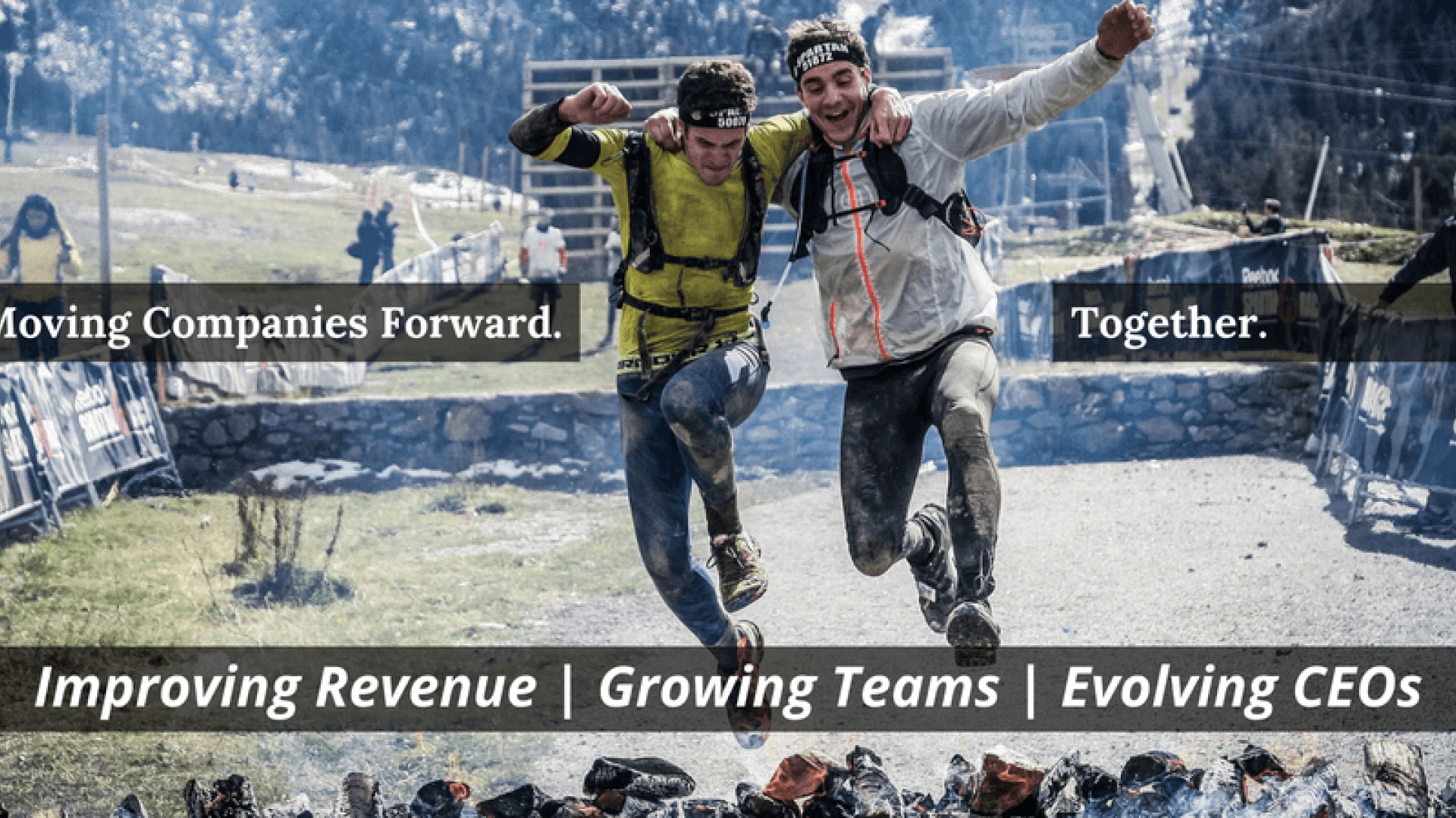
Written by Jason Montoya on . Posted in My Work.
How I'm Leveraging Business's Needs To Empower Freelancers
Since I began freelancing full-time in 2014, my workload has steadily increased. In 2015, I averaged 97 paid hours per month. In 2016, I averaged 119 paid hours per month and so far in 2017, I'm averaging 128 hours per month. I'm now sustaining my target number of hours and am no longer taking on new clients unless their timing is perfectly aligned with an opening.

As a result of this growth, I've increased my hourly rate twice in the last year from $75 to $80 and then from $80 to $85. Even though I've increased my rate, I've continued to lead my current clients and get new ones. Clients are requesting more than I'm able to offer and by increasing rate, it makes less sense for me to do certain types of activities. As a result, I've shifted some of my efforts with existing clients towards building teams of freelancers, referring my clients to the best talent in my network. In some cases, I'm simply providing a referral while in other cases, I'm actually directing and managing these freelancers. I've become a valuable resource for businesses to help build augmented teams to accomplish their marketing objectives.
On the flip-side, I've had the tall challenge of promoting my actionable guide for freelancers to flourish. So far, I've moved fifty-seven books, had two events, and two interviews. I've also been actively building a community in our Facebook group. It's been challenging to reach freelancers because they are everywhere, but also nowhere. I've got the knowledge, systems, and stories to equip freelancers to succeed, but how do I effectively connect and unify this highly individual bunch of people? What I've come to realize is that I'll need to take the long road to success.
Doing this on its own would be challenging and slow going, but because of the business dynamic I've fostered with my paying work, I may have found a way to expedite the process of bringing freelancers together and encouraging them to adopt the systems in the book. As a source of paying work, I suspect freelancers will begin coming out of the woodwork to find me. By changing the dynamic from me rounding them up to them seeking me out, I've metaphorically built a well which they visit. Pulling them into my client projects also gives me the control to integrate them into these systems so they can experience the benefit, and hopefully adopt on their own.
It's interesting to see these two dynamics play out and I'm curious to see how far it goes organically. I'm also exploring how intentional I want to become with this business model. Do I lean in and update my offering to include building virtual teams of freelancers for clients? Since I'm not intending to build a marketing company, this seems like the logical next step. With the success I've had, I'm not forced to make a hasty decision.
Related Content
Are You Seeking a Reliable Freelance Joomla Web Designer?
December 26, 2014
Amplifying Influence & Income For People-Development Organizations
January 01, 2021
Last Updated: August 02, 2017


